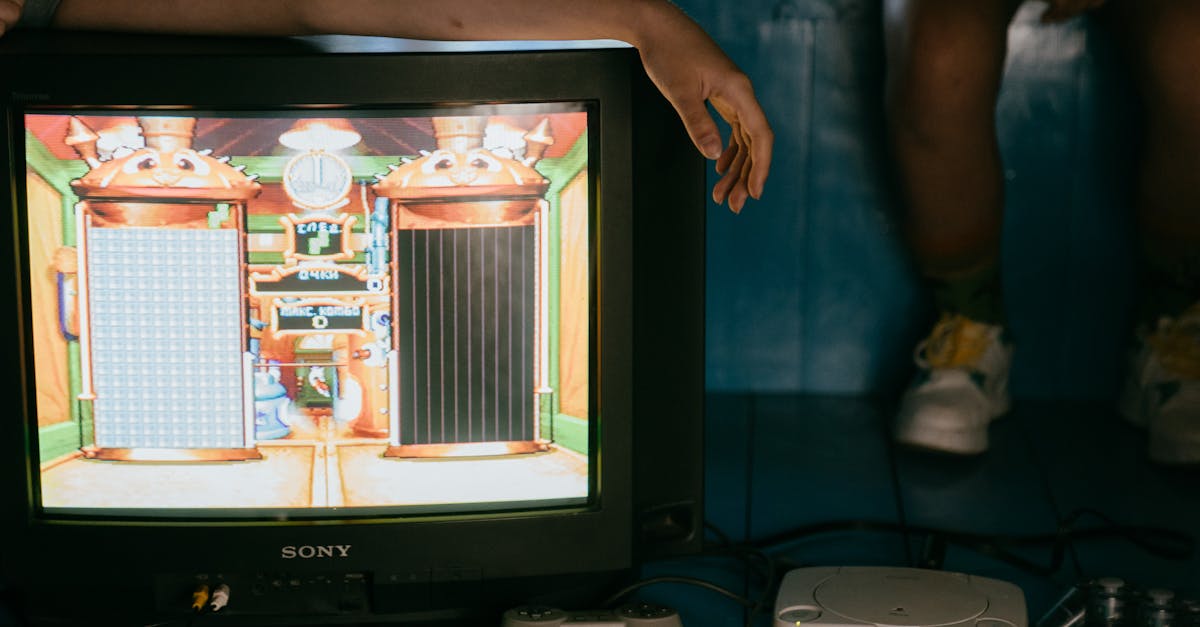
How HDMI 2.1 Changes Everything for 4K Gaming and Streaming
Why Is HDMI 2.1 Suddenly So Important?
With the surge of next-gen consoles, high-performance GPUs, and 120Hz 4K TVs, the once-quiet metric of HDMI versioning has become a frontline spec driving purchasing decisions. Whether you’re gaming on an Xbox Series X, PlayStation 5, or building your dream PC setup—HDMI 2.1 compatibility is now a non-negotiable for enthusiasts.
But what’s all the noise about? Is HDMI 2.1 just a speed upgrade, or does it fundamentally change how we interact with content?
Core Advancements in HDMI 2.1
1. Bandwidth Leap: 48Gbps for Uncompressed 4K/120Hz
The most impactful technical detail of HDMI 2.1 is its dramatically increased data bandwidth, now up to 48Gbps compared to HDMI 2.0’s 18Gbps. This leap allows the transfer of full-resolution 4K video at 120Hz with 10-bit HDR color depth—without compression.
- 4K at 120Hz: Native support for ultra-fluid frame rates, crucial for high-end gaming.
- 8K at 60Hz: Future-proofing for the next generation of displays.
- Dynamic HDR: Frame-by-frame metadata adjustment, enabling Dolby Vision and HDR10+ optimizations.
2. Gaming Features: VRR, ALLM, and QFT
Gamers will see a direct benefit thanks to three new HDMI 2.1 standards:
- VRR (Variable Refresh Rate): Eliminates screen tearing by matching display refresh rate to GPU output.
- ALLM (Auto Low Latency Mode): Automatically switches the display into game mode for reduced input lag.
- QFT (Quick Frame Transport): Lowers display latency further, reducing visual lag between frames.
Major platforms like PlayStation 5 and Xbox Series X already support these features—making HDMI 2.1 effectively a requirement for modern console experiences.
3. Enhanced Audio Return Channel (eARC)
eARC transforms how sound is transmitted back through the HDMI cable to audio devices.
- Uncompressed audio: Full support for Dolby TrueHD, DTS-HD Master Audio, and Dolby Atmos via HDMI.
- Better sync: eARC improves lip-syncing, automatic device detection, and simplifies HDMI control protocols (CEC).
This makes HDMI 2.1 indispensable for home theaters using high-end audio receivers and soundbars.
What to Consider Before Upgrading
Before committing to HDMI 2.1 hardware, you should be aware:
- Not all ports are equal: Many TVs label ports as HDMI 2.1 but only one supports full 48Gbps.
- You’ll need new cables: Ultra High Speed HDMI cables are required to unlock full bandwidth—not standard High Speed HDMI.
- Firmware updates: Some AV receivers support HDMI 2.1 via firmware—check with the manufacturer.
Conclusion: Is HDMI 2.1 Worth It?
For gamers, tech enthusiasts, and home theater purists, the answer is a resounding yes. It isn’t just about raw resolution but about unlocking the maximum fidelity and responsiveness of your devices. If you’re investing in a 4K 120Hz TV, a new console, or a high-end GPU, skipping HDMI 2.1 means leaving performance on the table.
Actionable Tip: Look for devices with HDMI 2.1 certification and confirm port specs. Not every labeled HDMI 2.1 port delivers the full feature set. And don’t forget to upgrade your cables.
👁 27 views

Leave a Reply